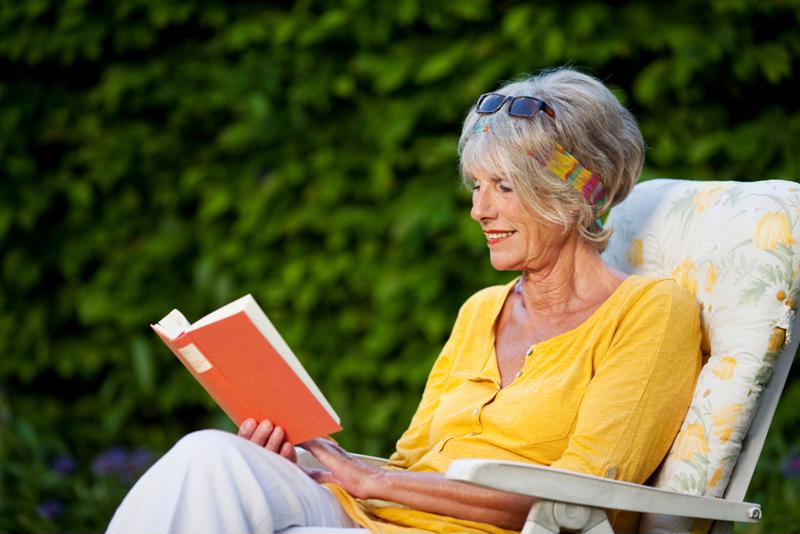
Can I live in my SMSF property when I retire?
Preparing for the future by investing in a self-managed superannuation fund (SMSF) is a great way to ensure you're properly planning for your retirement. An SMSF can provide more autonomy over how often you make contributions to your retirement fund and how much you wish to contribute.
One option for a super fund investment is to buy property. If you're renting the property to tenants you can easily grow your portfolio in any economic setting. While this is a strategy that will work for most investors, it does come with nuances. Additionally, if you're thinking of buying property as a nest egg for retirement, you will need to work out more details ahead of the purchase.
In this article, we will dive into the particulars of living in your SMSF property investment.

Investing in residential property vs. commercial property
While commercial and residential property are both excellent investments, most people will start by investing in residential if they're new to real estate. Residential property is familiar, easily tracked according to the market and is more easily and affordably maintained when compared with commercial property.
Commercial property will typically require a higher deposit than residential (of around 25%) as well.
The greatest draw to investing in residential property is that you can rent the space out to tenants without much risk. For example, many commercial buildings were left empty during the COVID-19 lockdown, yet residential homes were still a useful asset to landowners and investors.
However, residential property cannot be rented to any related parties to the members or trustees. If you are hoping to use the SMSF property as a summer home or as a place for your family to live in, this is not an option.
The purpose of the property must satisfy the overarching function of access after retirement. To which, you can consider the property like any other retirement investment: it can only be used after you have retired and it is transferred out of the fund.
Tax costs of buying and renting SMSF property
As with other SMSF investments, rental income is assessable and taxed at the 15% super fund income tax rate when the trustees lodge the fund's tax return.
If the property is sold after the first 12 months of ownership, the fund receives a one-third discount on the capital gain earned and the remainder, once again, is assessable at 15%.
If the property is purchased through an SMSF loan arrangement, the interest payments will be tax-deductible.
However, once you enter retirement and a member begins fully drawing all of their funds as a pension, any capital gain and income will be tax-free.
The bottom line: yes and no
In order to move into your SMSF property when you retire, you will need to perform an "in-specie" transfer to yourself out of your super fund. In-specie transfers (also known as off-market transfers) are transfers of assets in and out of super funds without the need to convert them into cash. A property contract of sale must be completed showing the member as the purchaser. In-specie transfer payments cannot be made as pensions; they must be paid as lump sums to the members.
The purchase of a property, as with other SMSF investments, musn't breach the sole purpose test. What this means is that the property should add value to your SMSF and have no other function but to provide benefits to, or in relation to, members after their retirement. In other words, the property cannot be used by the members or related parties prior to retirement.
If you need help navigating this process or if you're deciding what investments to make for your SMSF, contact a Wilson Porter SMSF specialist and financial adviser for any financial advice you may be interested in. We look forward to chatting with you soon!

 Is it cost-effective to start a self-managed super fund?
Is it cost-effective to start a self-managed super fund? Wealth management is changing, but the best practices stay the same
Wealth management is changing, but the best practices stay the same How to set up an SMSF account
How to set up an SMSF account